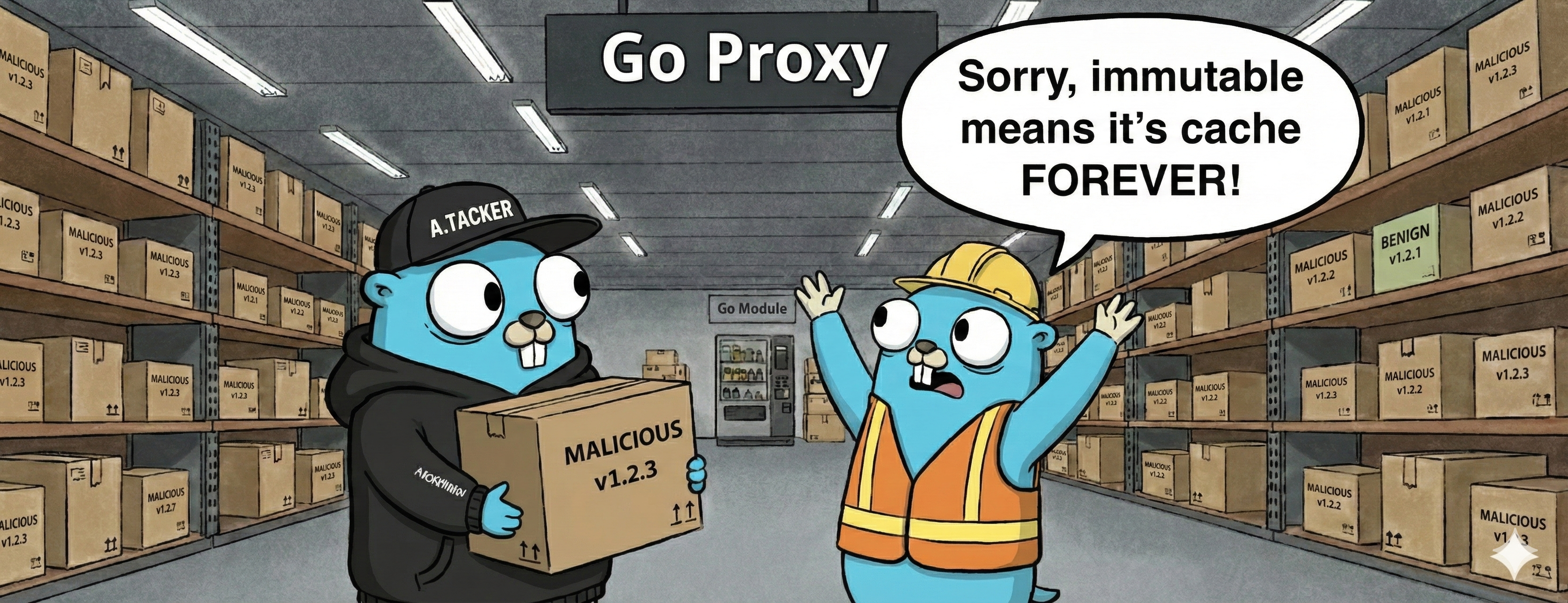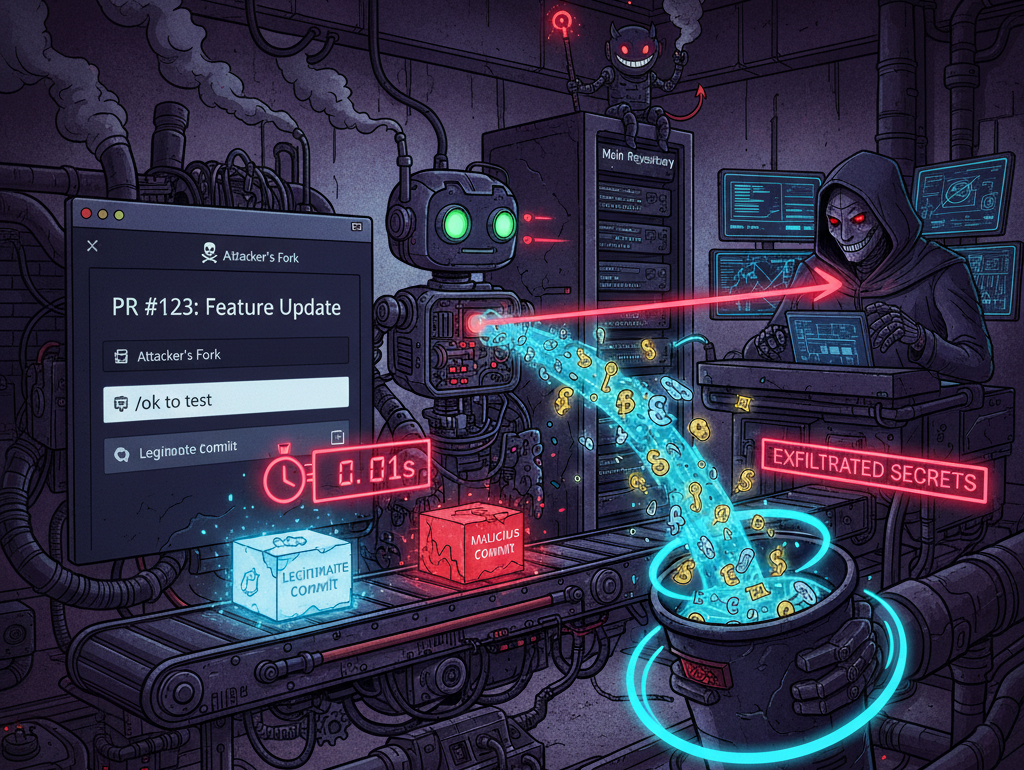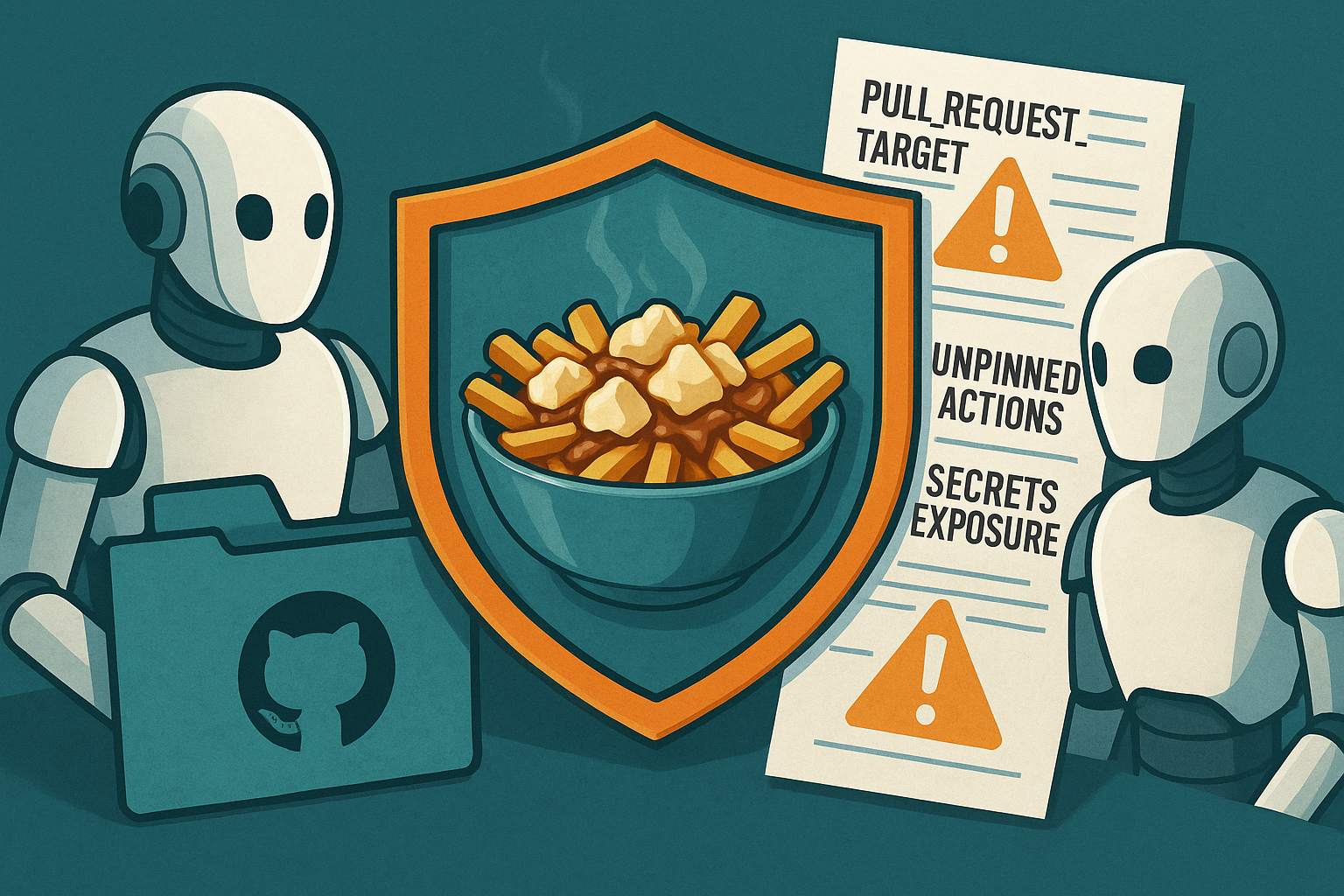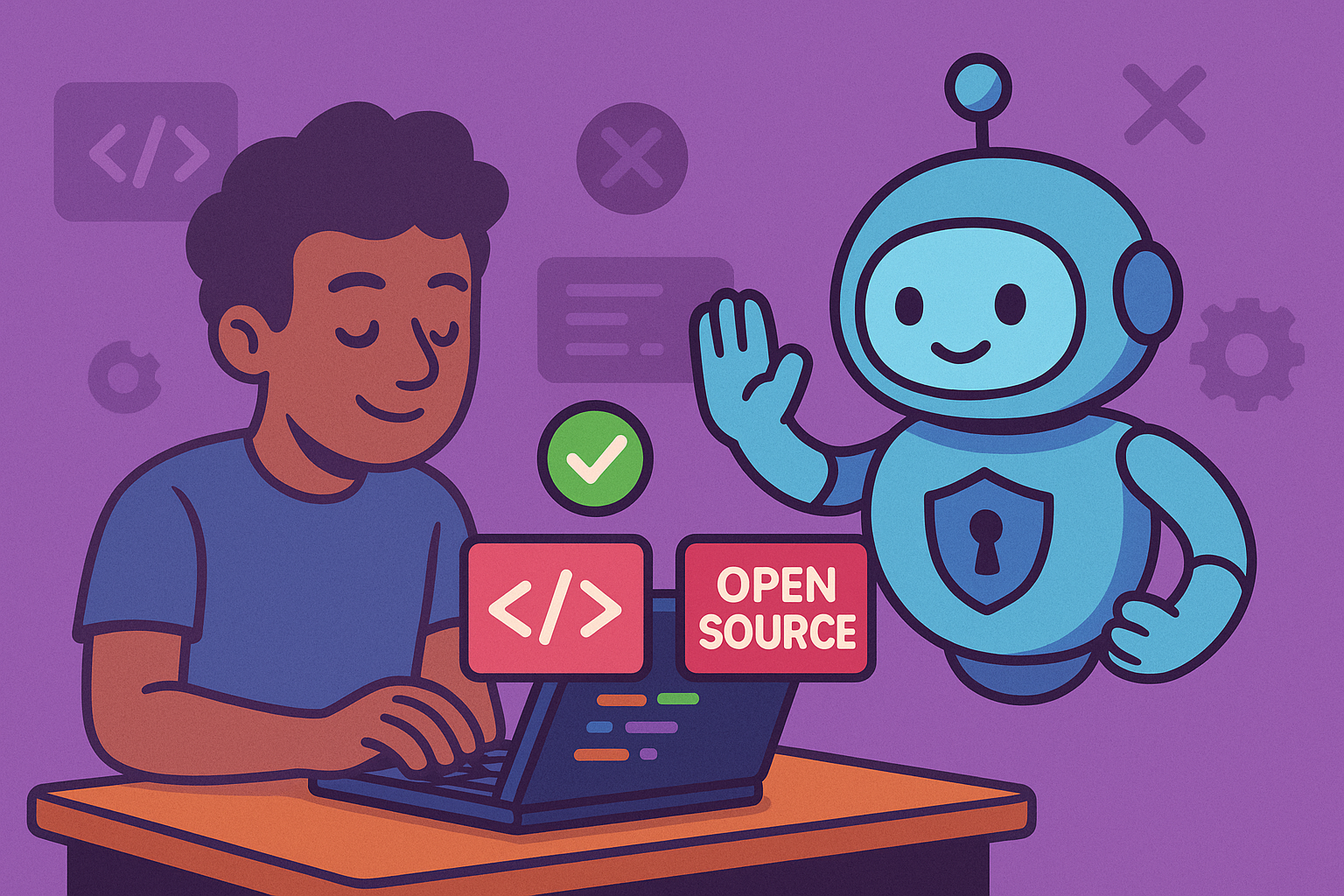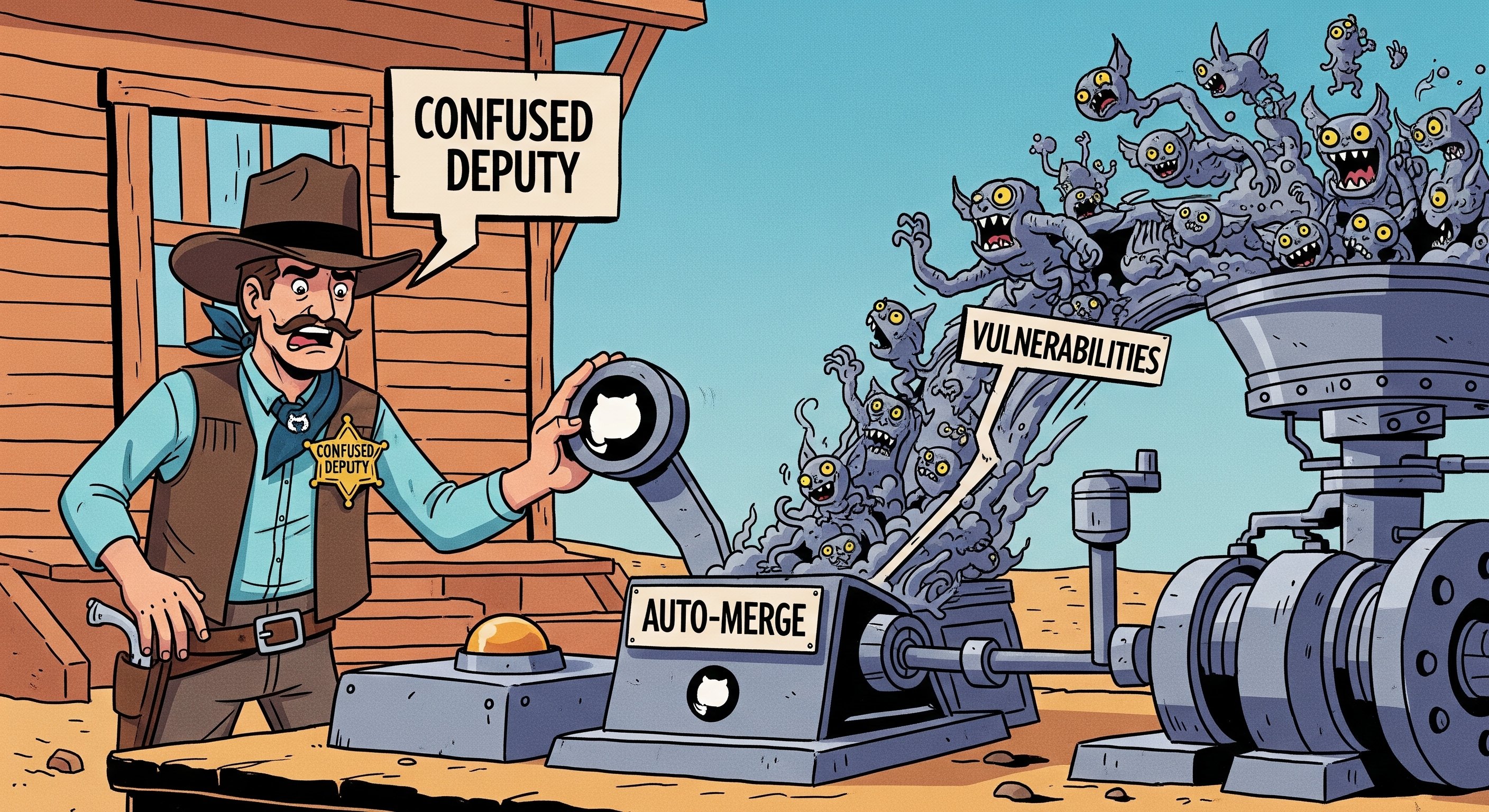Defensive Research, Weaponized: The 2025 State of Pipeline Security
December 8th 2025, by François Proulx, VP of Security Research @ BoostSecurity.io
TL;DR: 2025 didn’t give us a new, magical Supply Chain vuln class; instead it gave us attackers who finally started reading our manuals.
From Ultralytics’ pull_request_target 0‑day (where a BreachForums post indicates they used our own poutine scanner to find it) through Kong, tj-actions, GhostAction, Nx, GlassWorm and both Shai‑Hulud waves, the common pattern wasn’t typosquats but Pipeline Parasitism: living off CI/CD, maintainer accounts and developer endpoints using the same tools and patterns we published to defend them.
The vuln mechanics stayed boring: shell injections and over‑privileged tokens. But they were operationalized with worms, invisible Unicode payloads, blockchain C2, and even wiper failsafes.
Thankfully, platforms are finally improving, yet “pwn request” is here to stay; the only sustainable answer is to treat pipelines as production systems and publish future research assuming adversaries are our most diligent readers!

.png)
